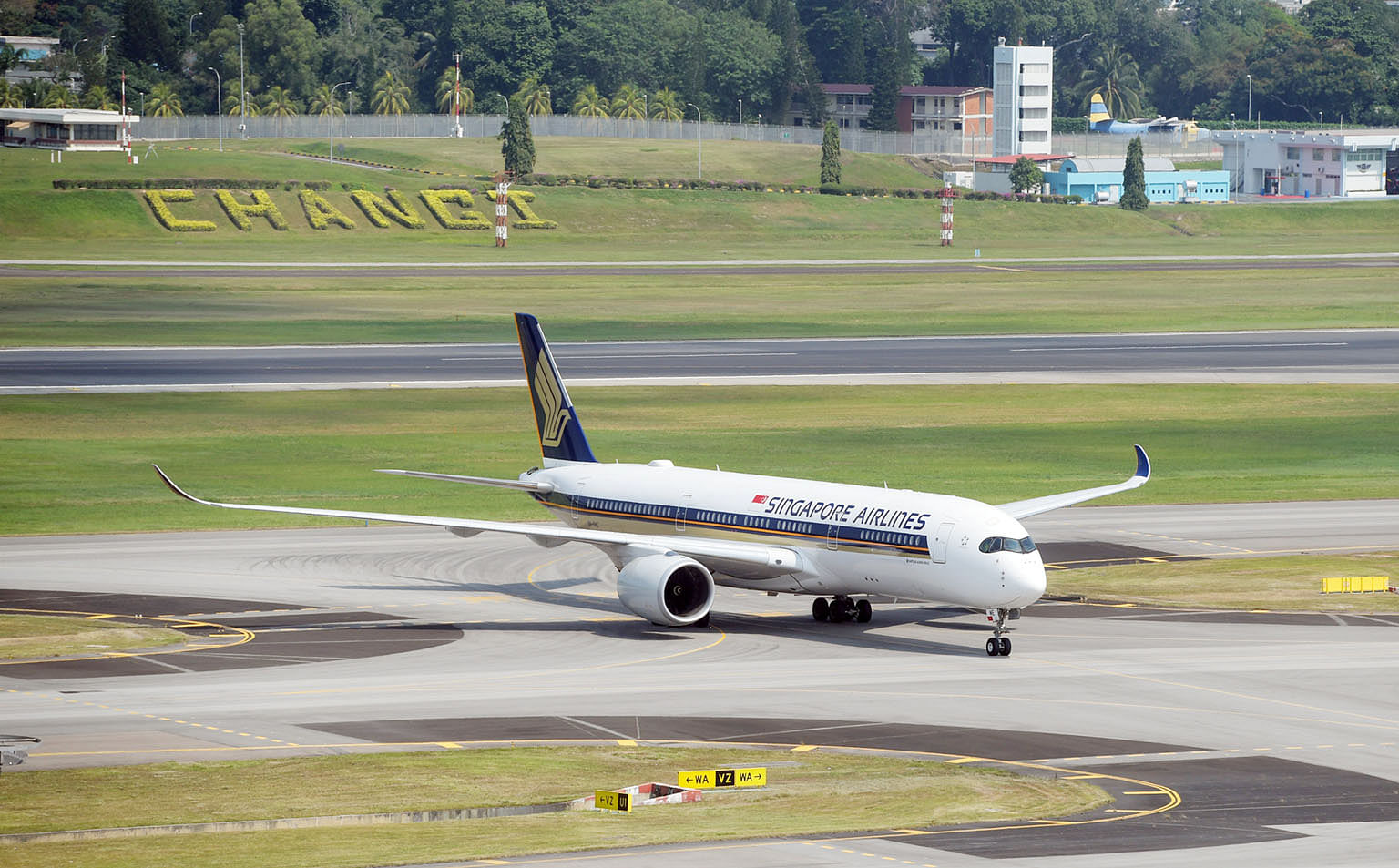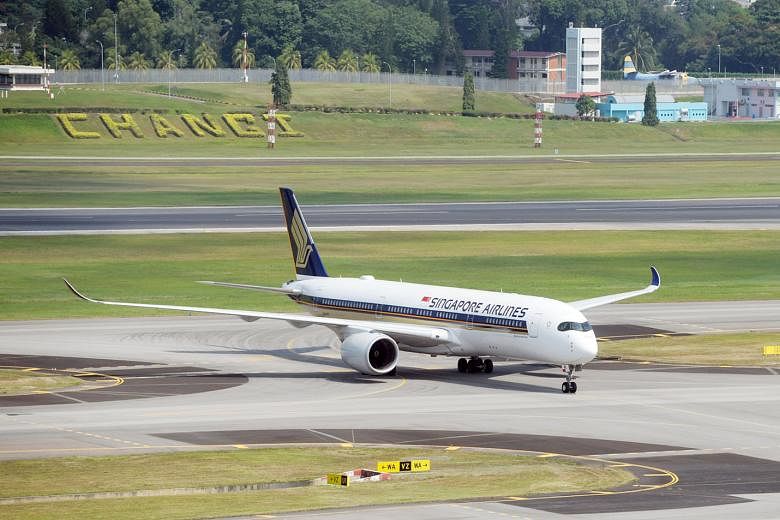Last week, Singapore Airlines (SIA) released a crushing set of financial results, reporting a group net loss of $138 million for the most recent quarter. Passenger yield per kilometre dropped by almost 5 per cent. Unsurprisingly, the company's shares plummeted by more than 7 per cent.
The challenges to the group are coming on all fronts. Low-cost carriers are putting the squeeze on conventional point-to-point travel connecting cities in South, East and South-east Asia. At the same time, the leading Middle Eastern carriers - Emirates, Etihad and Qatar, known as the ME3 - are challenging SIA's bread-and-butter premium hub-and-spoke international routings.
Adding to the pressure, the traditional set of competitors that SIA feasted upon for years - American carriers and other regional players such as Thai Airways and Garuda - has taken strong steps forward.
Across the industry, decades of consolidation and rounds of bargaining with pilots, ground crew and in-flight crew have brought costs down and reduced over-capacity. The combination of lower costs and higher revenues has thrust the profits of American carriers skyward. Even the recently maligned United Airlines has seen its stock price increase threefold in the past five years.
Closer to home, Thai Airways and Garuda have reinvested in the hardware and software of air travel. After a decade of trying to compete with low-cost carriers, they have returned to their roots: competing on long haul for business-class and less price-sensitive economy-class customers, updating their fleets and reinvigorating their in-flight service.

SIA states that it is a combination of competition, and political and economic uncertainty that is driving losses. But it is this triumvirate of competition - low-cost carriers, new premium carriers and reborn traditional long-haul competitors - that is the main cause of its losses.
SIA's core business is the premium, long-haul segment. Since 2014, the number of passengers carried by Singapore Airlines has barely budged, yet across the Asia-Pacific, passenger demand increased by 11.2 per cent while carrier capacity grew by only 8 per cent. The Middle East and Europe charted similar numbers.
The message is clear: SIA is losing market share. Even in a growing market, with demand growth outstripping capacity, SIA is not growing.
The strategic response has been for SIA to try to strengthen its premium services while building a range of offerings across the low-cost and full-service positions using the Singapore Airlines, SilkAir, Tiger Air and Scoot brands.
In response to weak performance, the group has emphasised the need to compete in all segments and indeed to strengthen its low-cost regional (Tiger Air) and low-cost long-haul (Scoot) offerings.
But adjusting the portfolio disguises the core problem: SIA as a premium airline is losing in competition in its segment. Placing more emphasis on other segments is a tacit acknowledgment that the battle cannot be won.
This is unfortunate because SIA has been a leading player in the aviation world for 70 years. Throughout its history, it has carefully, consciously and meticulously cultivated its image and services to be the leading long-haul carrier based in Asia.
During the days of leadership by Mr J.Y. Pillay, the company grew from a small regional player of 12 aircraft in the early 1970s to an industry leader in the 1990s. It followed its vision to be a top-quality intercontinental airline of South-east Asian origin, offering the best in-flight service in the world.
SIA had no choice but to compete strategically. With no domestic market, the carrier could only book revenue by beating other airlines. And it did this very well, battering Asian, North American and European competitors for decades.
But a history of success does not guarantee a future of success. SIA today has the same vision as it did in the 1970s - so will the same strategy lead to success?
The answer increasingly appears to be "no". The current industry landscape pits Singapore Airlines against a robust set of competitors, led in particular by the ME3. Much as SIA aimed for leadership as a matter of national pride and economic growth, the ME3 are part of a large-scale, heavily resourced effort to build air travel that transits through Middle Eastern hubs.
These new airports in the Middle East are fantastic, with the airlines offering incredible in-flight service. With national resources willingly devoted to the development of this industry, first-class, business-class and economy-class fliers on these airlines receive more in services than what they pay for. Unsurprisingly, the ME3 have posted five consecutive years of strong growth.
Singapore Airlines has a strong balance sheet, a substantial cash war chest and massive, unmatched experience in providing premium service at a competitive price. It can meet the ME3 carriers head-on if it so chooses.
But competing against companies determined to win at all costs can be a taxing proposition. If SIA is willing to endure continued losses for the foreseeable future, then it should continue to meet the ME3 head-on.
Alternatively, SIA could chart a new course, aiming at a new segment of full-service long haul.
With growing passenger demand, there is a segment of the market that looks for a price between low-cost and premium, where the flying experience is uncomplicated and pleasant, and where the competitors are still ones that SIA can dominate.
What choice SIA makes now is as important as any in its long history. The airline industry has changed, so SIA must change its strategic direction accordingly.
The company's leadership must have the courage and foresight to lead the company into new decades of success in a tough industry that is more challenging than ever.
- The writer is Head of the Department of Strategy & Policy at National University of Singapore Business School.

